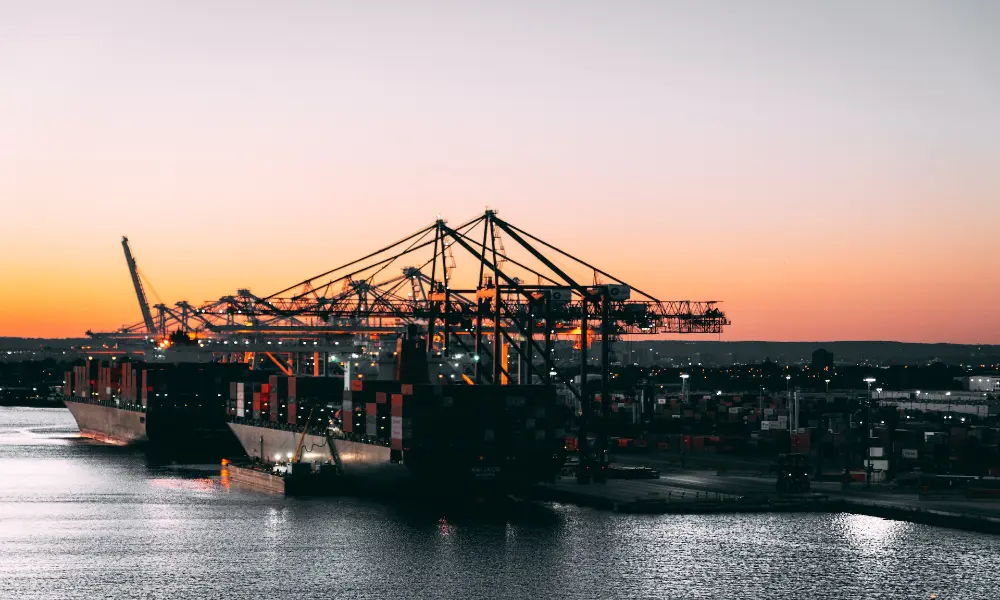The Advent of New Energy Alternatives
Just a few years ago, the dominant energy source for the shipping industry was residual fuel oil, modified slightly over the years by adjusting its viscosity and sulfur content. Today, however, an array of alternative fuels is surfacing. The International Maritime Organization (IMO)’s mandate—to reduce the shipping industry’s greenhouse gas (GHG) emissions to net zero by 2050—cements this progressive shift. The question the industry now grapples with is: What driving forces need to be in place for a diverse spectrum of alternative fuels to become the main bulwarks of energy in ports globally?
Biofuel Blends: The Next Generation of Bunker Fuels
The biofuel market’s emergence as a feasible alternative is somewhat more straightforward compared to other substitutes. As a direct replacement for traditional bunker fuels, biofuel blends enjoy some significant benefits. They need only minimal modifications to work well with present engines, eliminating the need for vast investments by customers and suppliers alike in new ships and delivery systems. In terms of their entire lifecycle, these fuels promise substantial GHG emission reductions compared to their fossil counterparts. For such a promising market, the real challenge is the fulfillment of supply. Biofuel suppliers will play an instrumental role in promoting biofuel blends as a favored alternative fuel.
LNG: The Proven Powerhouse of Marine Fuels
Looking at the history of Liquefied Natural Gas (LNG) as marine fuel helps us understand how collaboration between suppliers and consumers can nurture a new fuel’s supply chain, helping it mature into a credible power source. The emergence of LNG as an eminent alternative bunker fuel has been a relatively recent phenomenon, occurring over the past decade. The commercial adoption of LNG was indeed a ‘chicken-and-egg’ scenario: shipowners hesitated to purchase gas-powered vessels without a secure LNG bunker delivery infrastructure, and suppliers were uncertain about investing without demand.
Green Methanol and Ammonia: Breaking New Ground
If well-implemented supply chains are established, green methanol and ammonia have a fantastic potential to become the leading marine energy carriers of the future. Developing this market entails an investment in production facilities, transportation tankers, delivery infrastructure, and new ships capable of utilizing these fuels. However, the first step towards this revolution rests on the ability of producers and consumers to strike deals to ensure both supply and demand simultaneously.
Overcoming Challenge: The Path to Carbon Neutrality
Despite ammonia’s well-known toxicity and high infrastructure costs, many believe it will emerge as one of the primary marine energy carriers by mid-century, mainly due to its lack of carbon—an attribute not shared by other alternative fuel options. However, to achieve this, it is mandatory to conduct significant research and development to manage ammonia’s toxicity effectively.
Ultimately, in terms of procuring more expensive alternative bunker fuels, regulations will hold the key factor; neither the chicken nor the egg comes first. With IMO’s 2050 net zero mandate and the European Union’s emission trading scheme and FuelEU Maritime regulation now in play, it’s a clear directive for the shipping industry to shift from fossil fuel consumption. This change-driven regulatory environment opens up a race for producers and consumers to concurrently develop the future’s bunker markets. Those quickest off the starting blocks in assuring supply and demand for these new fuels will win the largest rewards.



